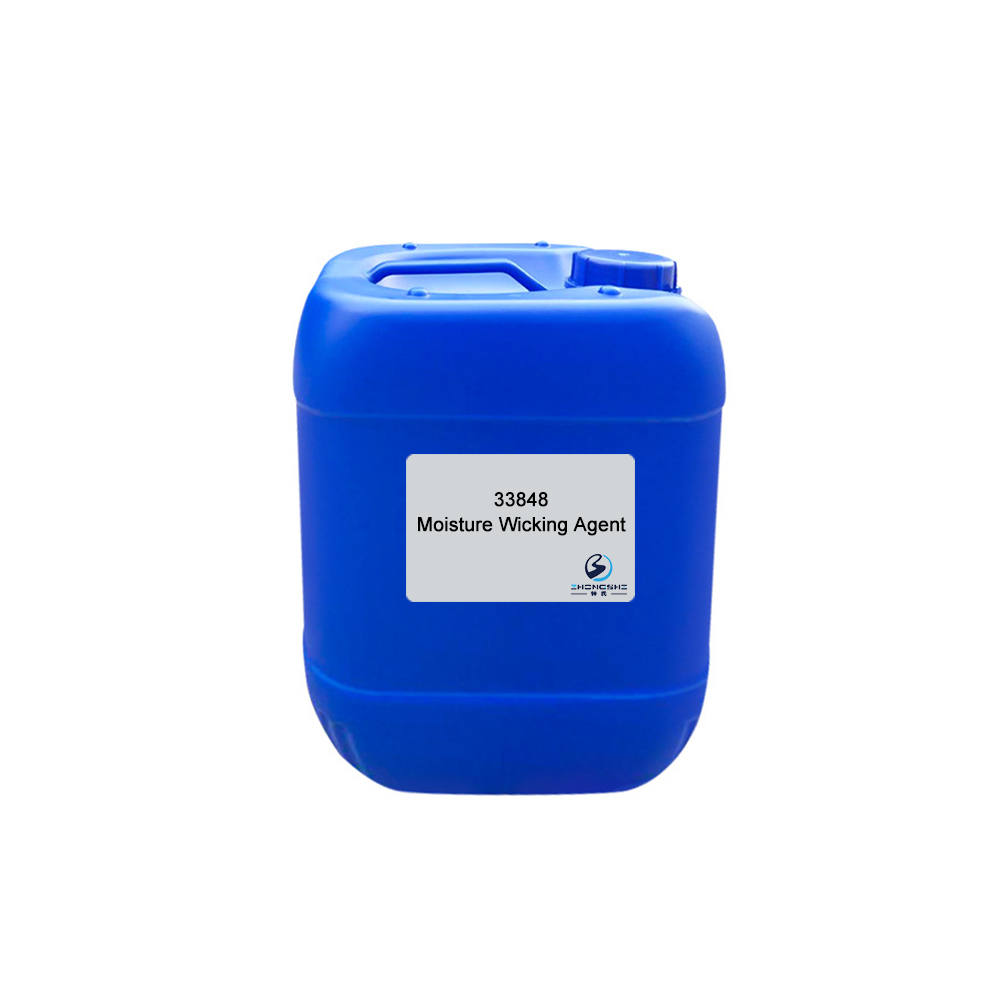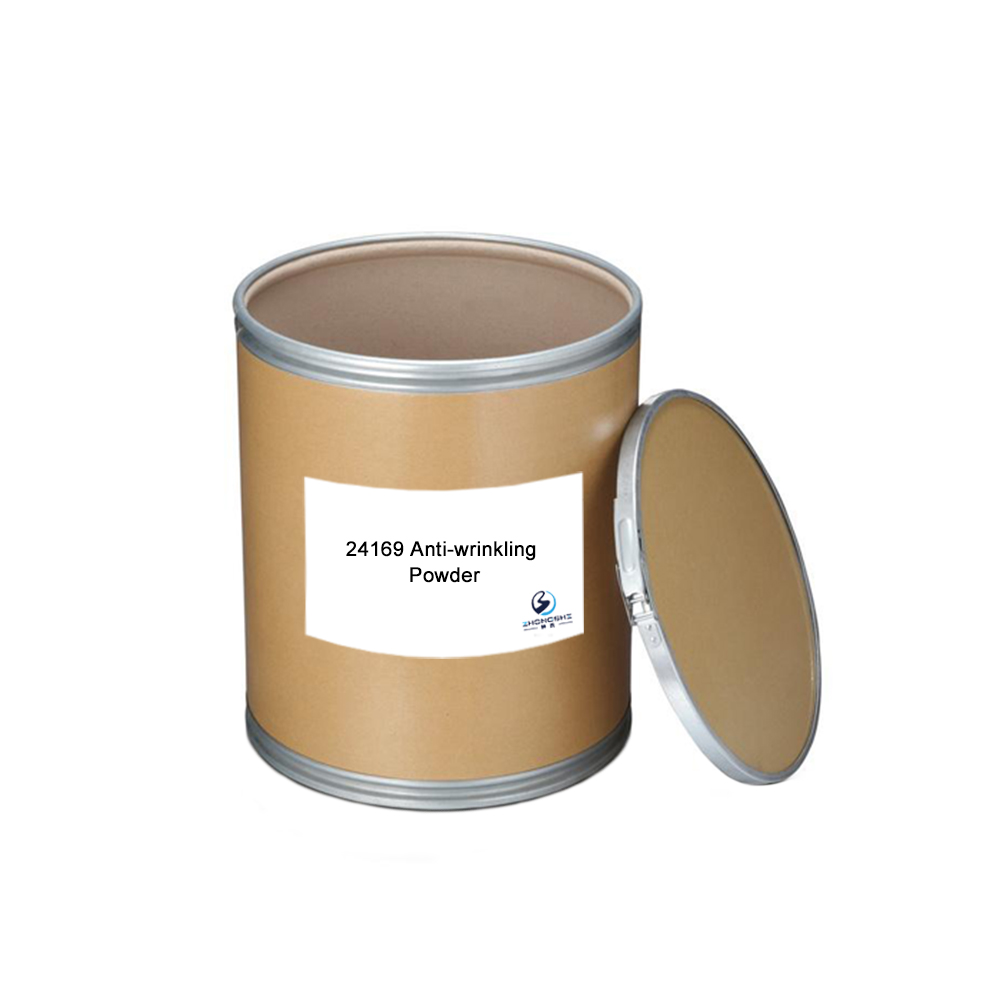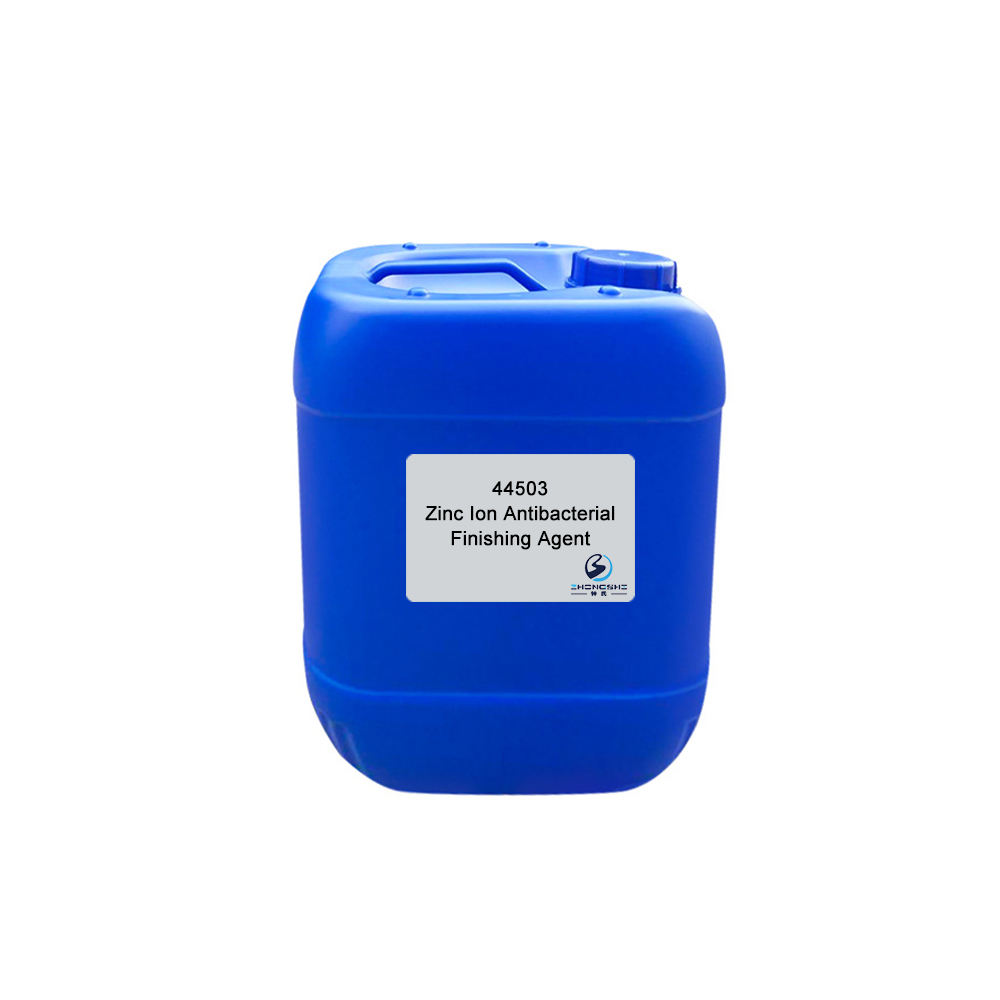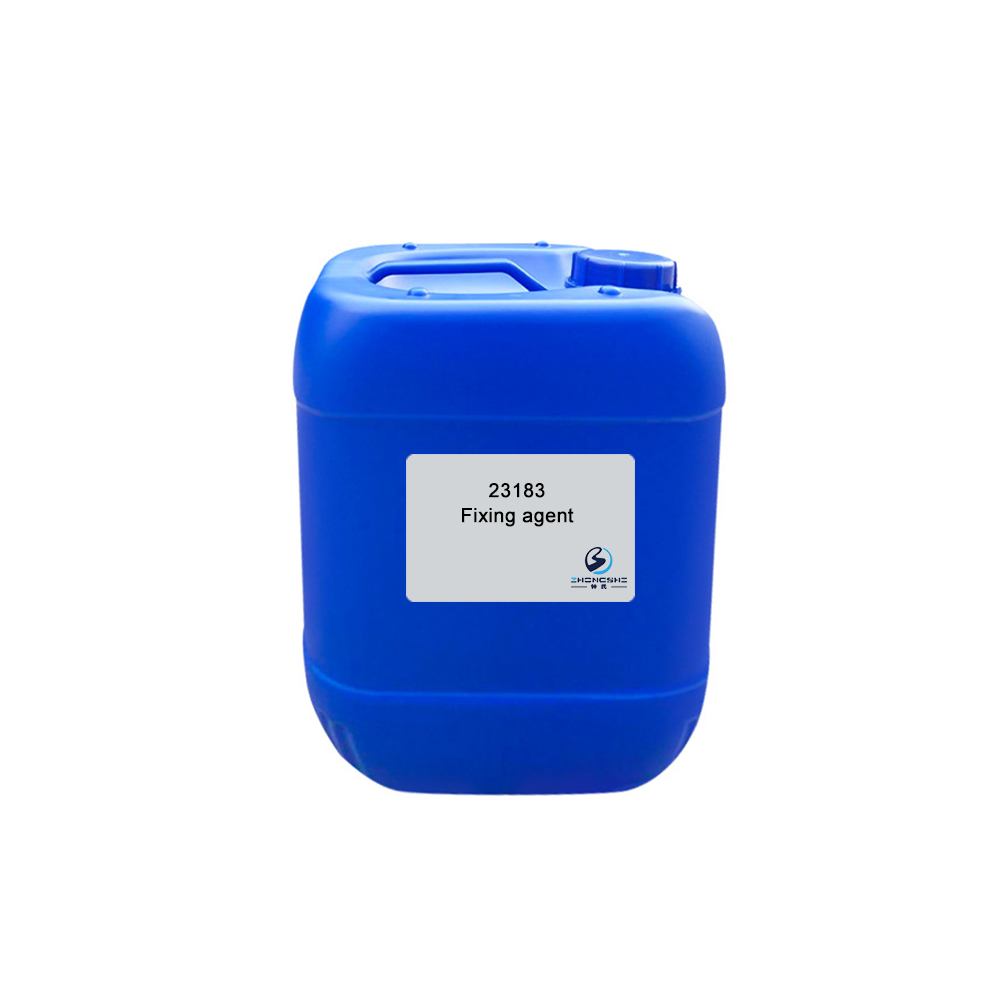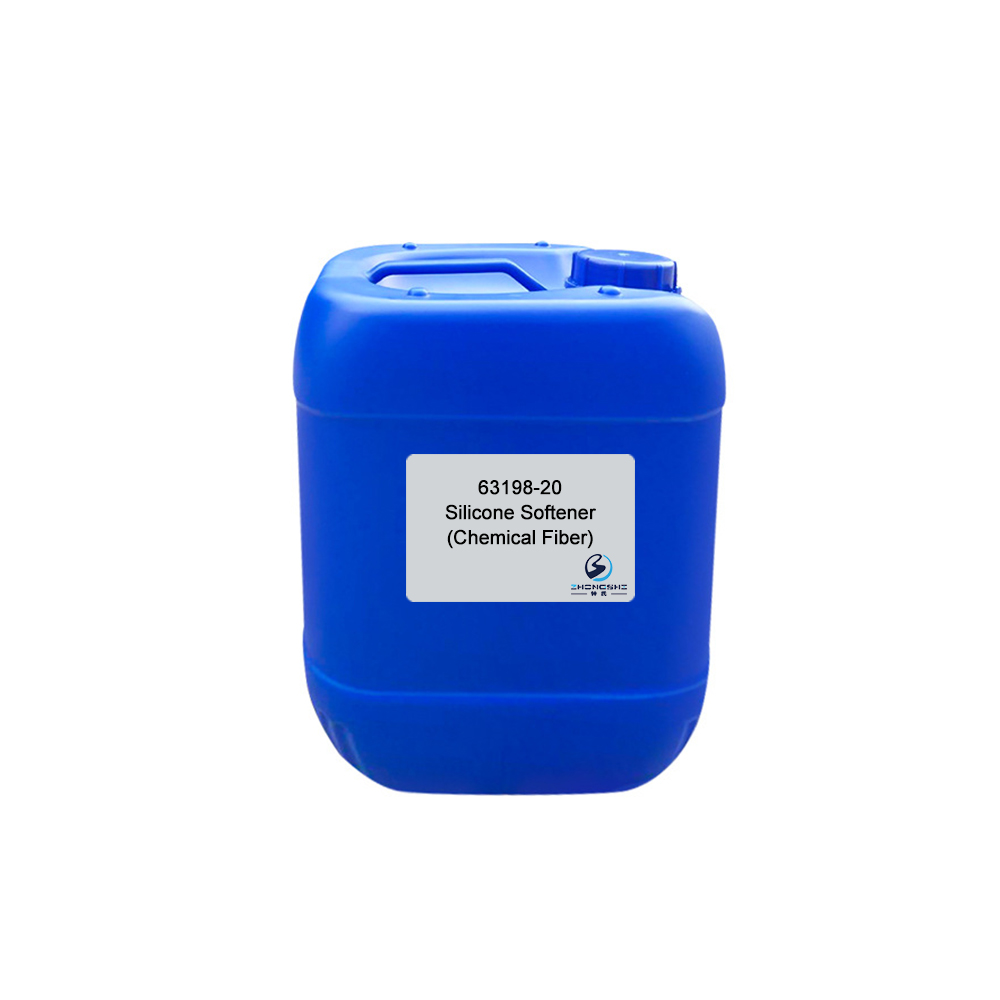Moisture Wicking Agent 33848, Hydrophilic finishing agent, Quick drying agent
“Based on domestic market and expand overseas business” is our development strategy for Moisture Wicking Agent 33848, Hydrophilic finishing agent, Quick drying agent, Generate Values,Serving Customer!” could be the aim we pursue. We sincerely hope that all buyers will establish long term and mutually beneficial cooperation with us.Should you wish to get extra aspects about our company, You should contact with us now.
“Based on domestic market and expand overseas business” is our development strategy for anti-staic agent, Dyeing Auxiliaries, Fabric agent, Finishing agent, Hydrophilic Finishing Agent, moisture absorption agent, Moisture Wicking Agent, Silicone Emulsion, Silicone Oil, Silicone Softener, Softener, Sweat absorption agent, Textile Auxiliaries, Textile Chemical, Our company warmly invites domestic and overseas customers to come and negotiate business with us. Allow us to join hands to create a brilliant tomorrow! We are looking forward to cooperating with you sincerely to achieve a win-win situation. We promise to try our best to deliver you with high quality and efficient services.
Features & Benefits
- Excellent and durable hydrophilic property, moisture wicking property and antistatic property.
- Imparts fabrics soft and fluffy hand feeling.
- Dust-proof. Easy for removing dirt.
- Makes fabrics better for wearing and using.
Typical Properties
| Appearance: | Colorless turbid fluid |
| Ionicity: | Nonionic |
| pH value: | 6.5±1.0 (1% aqueous solution) |
| Solubility: | Soluble in water |
| Content: | 4% |
| Application: | Polyester fibers |
Package
120kg plastic barrel, IBC tank & customized package available for selection
TIPS:
Chemical and Physical Properties of Textile Fibers
All textile fibers have certain physical and chemical properties that make them suitable for use in yarns and fabrics. These fiber properties carry over, in varying degrees, to yarn and fabric. Infinite research, experimentation, and skill have been, and still are being, devoted to studying, manipulating, and supplementing the properties of fibers to achieve desired results in yarn, fabric, and clothing. These efforts may extend even to the creation of certain properties or to the elimination of undesirable characteristics.
Specific Gravity
The relative densities of textile fibers may be compared by means of specific gravity values, i.e, the ratio of the mass of material to the mass of an equal volume of water. Articles made from fibers low in specific gravity are lighter in mass per unit of volume than are those containing a denser fiber.
Specific gravity is important in the processing of fibers and in the designing of fabrics. Low specific gravity is one of the attributes that make it possible to have high bulk and light weight in the textured yarns.
Strength
Tensile strength is the ability of a material to withstand tension. It is expressed in terms of the amount of force required to break a fiber, yarn or fabric of a given cross-sectional area (pounds per square inch). In the case of fibers or yarns, the strength is usually measured as tenacity and is expressed in terms of force per unit of linear density, i.e., grams per denier. In the case of fabrics, strength may be expressed as breaking strength (breaking load) which is the resistance to rupture by tension, i.e., pounds.
Important as the tenacity of fibers is to the completed yarn or fabric, the carry-over contribution of fiber strength to the completed yarn or fabric will also depend on such factors as fiber length, fineness, and yarn twist, in addition to fabric construction. Yarn size and fabric construction being equal, the stronger fiber will produce the stronger fabric. However, low tensile strength of a fiber can be compensated for in construction of yarn and fabric and in finishing processes. Wool is an example of a comparatively weak fiber that can be made into strong and durable fabrics if enough fibers are used to make a comparatively heavy fabric. Higher fiber strength does allow the construction of a greater variety of fabric weights and designs.
Wet Strength
Wet strength for fibers is expressed in the same units discussed above under Strength.
Cotton, linen and ramie are outstanding fibers in that they gain in strength when wet. This property makes them relatively easy to launder. Silk and wool decrease in strength when wet.
Among the man-made fibers, the cellulosics and cellulose acetates—-rayon, acetate, and triacetate—-all show a considerable decrease in strength when wet. This fact should be considered in the care and handling and particularly in the cleaning of these fabrics. The man-made fibers—-nylon, the acrylics, and the polyesters—-generally maintain substantially the same strength, whether wet or dry. This property is due to the fibers’ low moisture regain and hygroscopicity (that is, the ability of the fibers to absorb and retain moisture).
Moisture Regain
Most textile fibers absorb some moisture from the surrounding atmosphere. The amount absorbed is referred to as the fiber’s moisture regain. This property is extremely important in manufacturing, dyeing and finishing processes.
While there appears to be a relationship between the moisture regain of the fiber and the maximum amount of water which a fabric can hold, yarn and fabric constructions play much more important parts in this property than does fiber content. For example, a bulky acrylic sweater may be much slower to dry than a medium-weight cotton fabric. In general, however, fibers with low moisture regains will show small or no differences in properties such as strength and elasticity when they become wet.
Moisture absorption is related to ease of dye-ability and to freedom from the buildup of static electricity. It also plays a part in the comfort of clothing made from the various fibers. The high ability of wool to absorb moisture from the body or the atmosphere accounts for much of its comfort. Manufacturing processes such as anti-static finishes, are applied to fibers of low moisture regain to help them achieve some of the properties of fibers that have natural moisture regain.
Extensibility, Elasticity, and Abrasion Resistance
Extensibility is the property of a material which permits it to be extended or elongated when force is applied. Elasticity is the property by virtue of which a material recovers its original size and shape immediately after removal of the stress causing deformation. Fibers are complex in their extension and elastic properties.
A fiber’s ability to extend and its ability to return to its original size and shape when the load is removed, are of extreme importance in considering such end-use requirements as abrasion-resistance, wear-resistance, wrinkle-resistance, shape-retention, and resilience.
Nylon is an outstanding fiber because it exhibits high strength as well as high extension. Because it maintains these properties in repeated stressing, nylon has very high abrasion-resistance. Wool’s ability to extend under low loads and to return to its original dimension upon load removal are some of the reasons for its excellent wear-resistance. Glass is a good example of a fiber which is outstanding in its high strength but because it is so inextensible there are severe limitations to its use. Fibers with very low elongations (such as glass) usually have very poor resistance to abrasion in the flexed or bent state.
Elasticity helps fabrics to confirm to specific contours of the body and to maintain their original shape in use and wear. The elastic recovery of a fiber is dependent upon how much it is stretched, how long it is held in the stretched state, and the length of time is has to recover. Most fibers have very high recovery values when stretched only one or two percent but have less complete recovery when stretched four or five percent. The fit of nylon and silk hose results from inherent elastic recovery of the fibers.
Fibers with low elasticity (cotton and linen, for example) wrinkle easily in their normal state. For many end-uses, therefore, fabrics of these fibers are treated chemically to improve their crease- and wrinkle resistance. Cotton may also be made into crepe yarns, or woven into fabrics such as seersucker or terry cloth, in which the weave hinders or disguises wrinkling.


